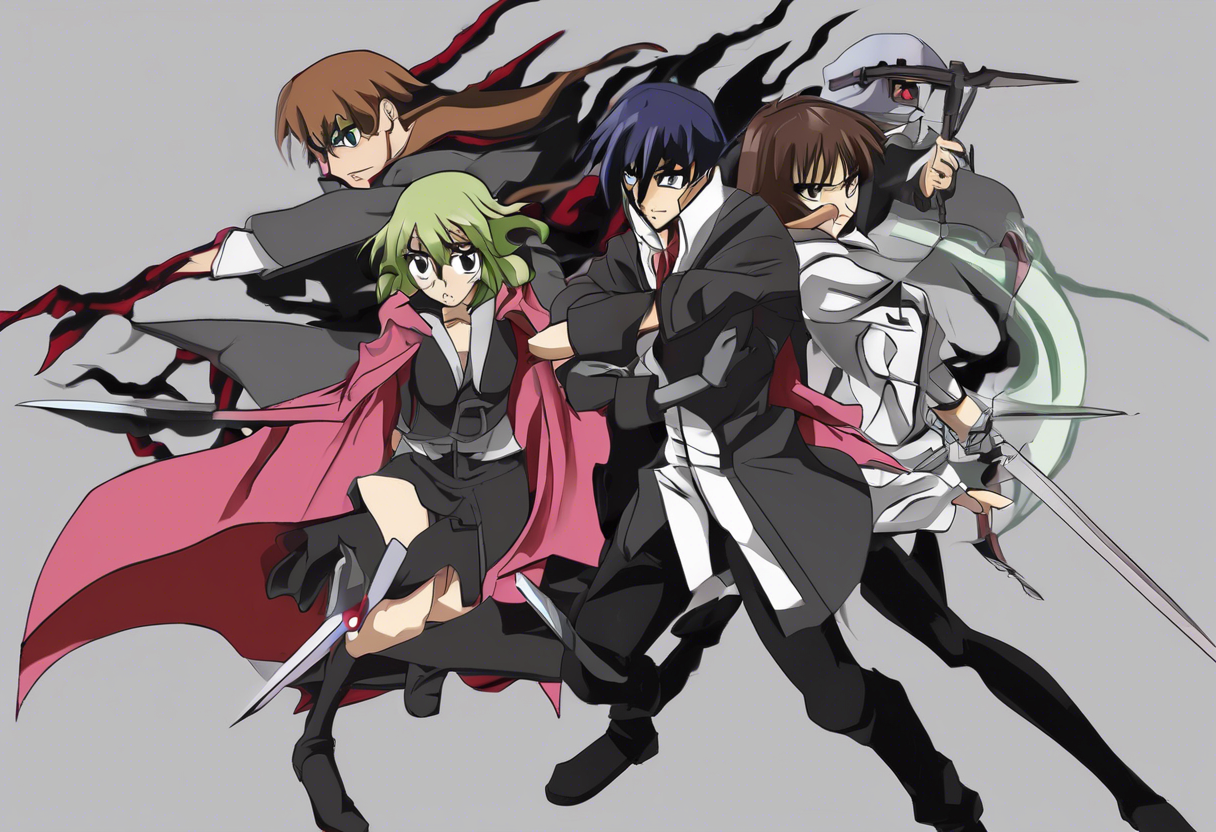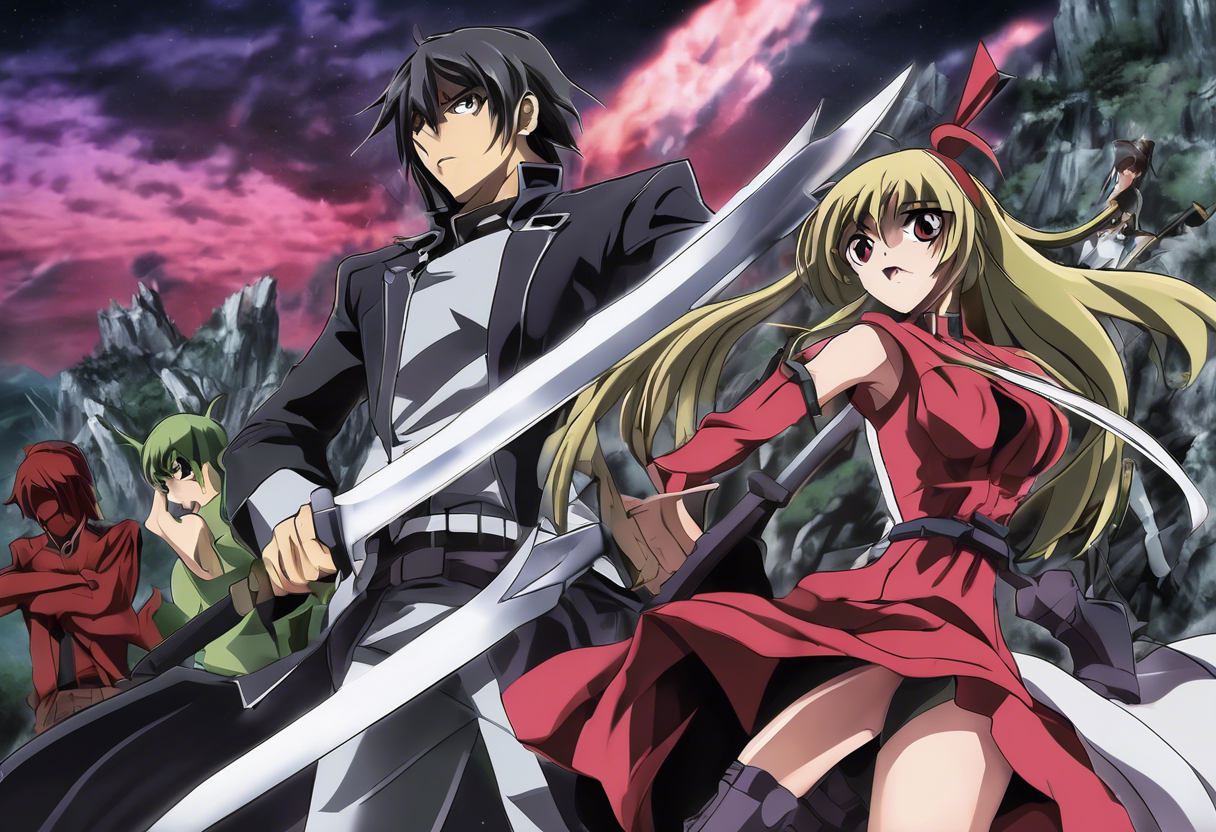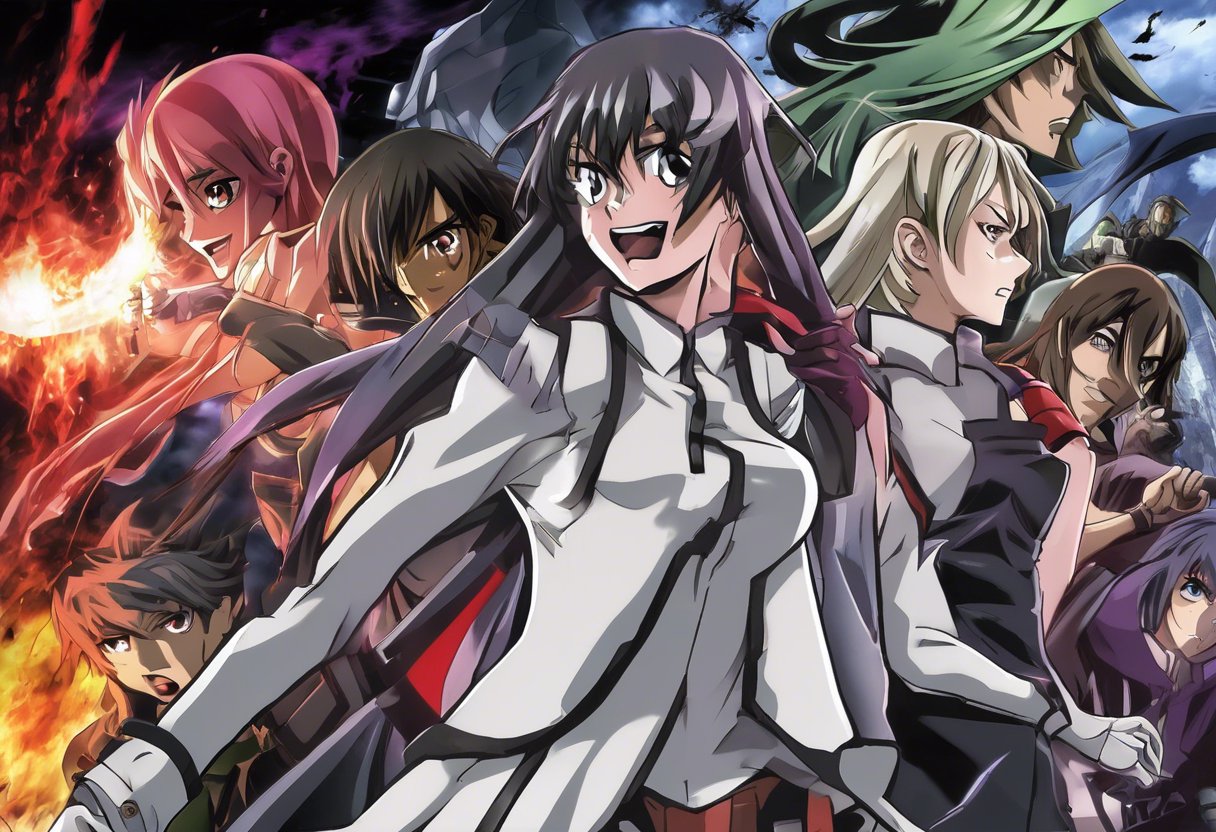Contents
Akame ga Kill – Episode 1: Kill the Darkness
Introduction
Akame ga Kill – Episode 1: Kill the Darkness, is the inaugural episode of the anime series Akame ga Kill!, based on the manga of the same name by Takahiro and Tetsuya Tashiro. The episode was directed by Tomoki Kobayashi, with scripts written by Makoto Uezu, and produced by White Fox. It first aired on July 7, 2014. This series stands out in its genre for its dark and gritty portrayal of a world ruled by a tyrannical empire, juxtaposed with moments of comedic relief, creating a unique and jarring viewing experience.
The production history of Akame ga Kill involves a collaboration between the manga creators and the anime studio White Fox, known for their work on other notable anime series. The initial release of the episode marked the beginning of a series that would delve into themes of corruption, rebellion, and the moral ambiguities of violence.
Plot Summary
In the world of Akame ga Kill!, the tyrannical Empire rules with an iron fist, plunging the land into corruption and chaos. The story begins with Tatsumi, a young and ambitious villager, who sets off for the Imperial Capital along with his childhood friends, Ieyasu and Sayo. Their mission is to earn money to help their impoverished village, which is struggling to survive under the Empire’s oppressive rule.
Upon arriving in the Capital, Tatsumi and his friends are quickly separated during a bandit attack. Tatsumi finds himself alone and attempts to enlist in the army to secure a stable income, but his efforts are met with ridicule and rejection. His situation worsens when he is swindled out of his money by a beautiful woman, leaving him with no choice but to sleep on the streets.
The next day, Tatsumi’s fortunes seem to change when he is invited to the manor of a young, rich girl named Lady Aria. However, this hospitality turns out to be a ruse. Aria and her family are revealed to be sadistic nobles who torture and kill travelers for their own twisted amusement. Tatsumi soon discovers the gruesome fate of his friends, Ieyasu and Sayo, who had also fallen into Aria’s family’s clutches.
As Tatsumi is about to meet the same fate, he is rescued by the secret assassin group Night Raid, who are part of the revolutionary forces fighting against the Empire. The group consists of skilled assassins, including Akame, a deadly swordswoman; Leone, a beastly fighter; Mine, a self-proclaimed sniper genius; Sheele, a scissor-wielding assassin; Lubbock, a string manipulator; Bulat, an armored warrior; and their leader Najenda, a former general of the imperial army.
During the rescue, Tatsumi is forced to confront the harsh reality of his situation and the true nature of the nobility. In a dramatic turn of events, he finds himself compelled to kill Aria to save his own life, an act that marks a significant shift in his character development. Following this, Tatsumi is taken by Night Raid and, somewhat against his will, joins their ranks to fight against the corruption and tyranny of the Empire.
The episode sets the stage for the series by introducing the central conflict between the revolutionary forces and the corrupt Empire, as well as the moral dilemmas that characters like Tatsumi will face. The narrative is punctuated by moments of dark humor and intense violence, reflecting the series’ unique tone.
Themes and Symbolism
Akame ga Kill – Episode 1: Kill the Darkness delves into several central themes that are pivotal to its storytelling. One of the most prominent themes is the corruption and abuse of power. The Empire’s tyranny and the nobility’s sadistic behavior serve as stark examples of how power can be misused, highlighting the suffering of the common people and the need for rebellion.
Another significant theme is the moral ambiguity of violence. Tatsumi’s transition from an innocent villager to a killer is a powerful exploration of how circumstances can force individuals to confront and adapt to harsh realities. This theme is further underscored by the characters of Night Raid, who, despite being assassins, are portrayed as having a strong sense of justice and morality.
The episode also explores the theme of survival and the choices one must make to survive in a cruel world. Tatsumi’s decision to kill Aria, though traumatic, is a necessary act for his survival and marks the beginning of his journey into a world where such choices are commonplace.
Symbolically, the character of Akame represents the embodiment of the series’ themes. Her name, which translates to "Red Eye," symbolizes her role as a deadly and efficient assassin, but also hints at her complex and often conflicted personality. The Imperial Arms, unique weapons wielded by the characters, symbolize the power and the burden that come with fighting against an oppressive regime.
Cultural Impact
Akame ga Kill – Episode 1: Kill the Darkness had a significant cultural impact upon its release. The series quickly gained a following for its dark and gritty storytelling, as well as its complex characters. The episode’s blend of action, drama, and dark humor resonated with audiences who were looking for something different from the typical shonen anime.
The series has influenced other anime and manga, particularly in its portrayal of morally ambiguous characters and its exploration of themes such as corruption and rebellion. References to Akame ga Kill can be seen in various forms of media, from other anime series to fan art and cosplay.
Critical Reception
Akame ga Kill – Episode 1: Kill the Darkness received mixed reviews from critics and audiences at the time of its release. Some praised the episode for its bold and unflinching portrayal of violence and corruption, while others found the tone to be inconsistent and jarring.
Critics noted the series’ ability to balance dark themes with moments of humor, though some felt that this balance was not always successful. The character development, particularly Tatsumi’s transformation, was praised for its realism and emotional impact.
Over the years, the series has developed a cult following and is often cited as an example of how anime can tackle complex and mature themes. However, it has also faced criticism for its graphic content and some viewers’ discomfort with the rapid shifts in tone.
Legacy
Akame ga Kill – Episode 1: Kill the Darkness continues to be relevant in the world of anime and beyond. The series has inspired filmmakers and artists with its unique storytelling and character designs. The episode’s exploration of complex themes and moral ambiguities has set a precedent for other series to follow.
The legacy of Akame ga Kill lies in its ability to challenge viewers and spark discussions about the nature of power, morality, and survival. As a part of cinematic history, it stands as a bold and daring attempt to push the boundaries of what anime can achieve.







